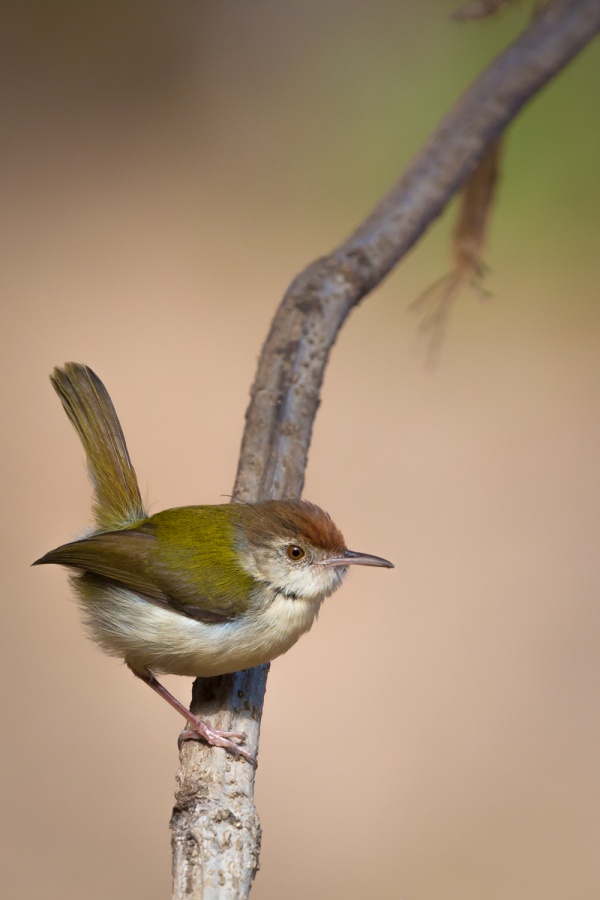Facts About Common tailorbird
The common tailorbird is a delightful little songbird native to tropical Asia, easily identifiable by its distinctive nests crafted from leaves sewn together. It is often sighted in urban gardens, where it stands out with its long, upright tail, greenish upper body, and rust-colored forehead and crown.
These birds can be found in diverse habitats, including open farmland, scrublands, forest edges, and gardens. Once classified under the Sylviidae family, recent molecular studies have reclassified them as members of the Cisticolidae family.
With bright green upperparts and creamy underparts, common tailorbirds are small, measuring between 10 and 14 centimeters in length and weighing just 6 to 10 grams. Their diet primarily consists of insects, and they are known for their loud calls and remarkable nest-building skills.
Their breeding season spans from March to December. During this period, they construct their nests with soft materials and strategically conceal them within dense foliage for added protection. The incubation period lasts about 12 days, during which both parents equally partake in feeding and caring for the chicks. Nonetheless, these birds face threats from predators such as rodents, cats, crow-pheasants, and lizards.

 Myanmar (Burma)
Myanmar (Burma)